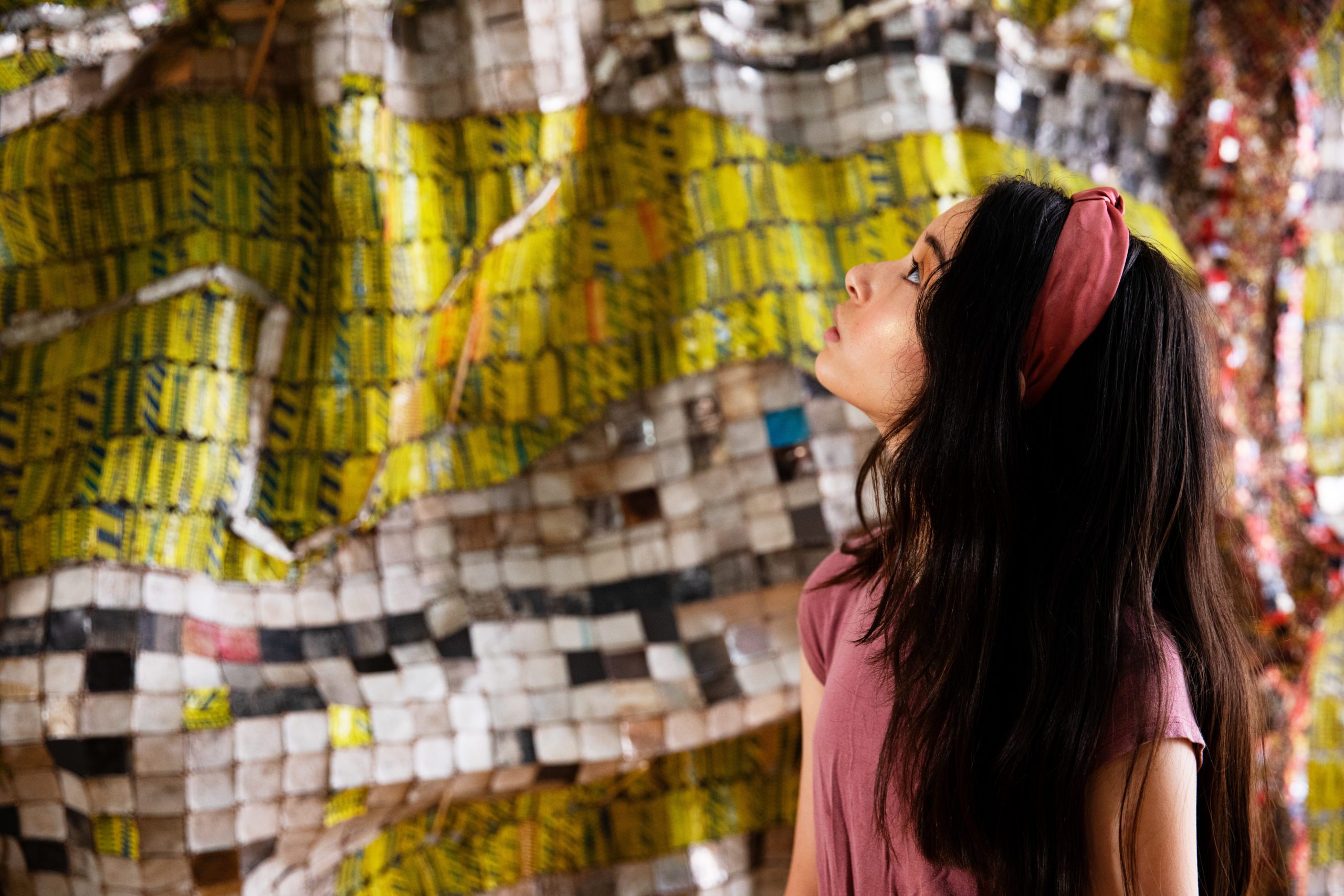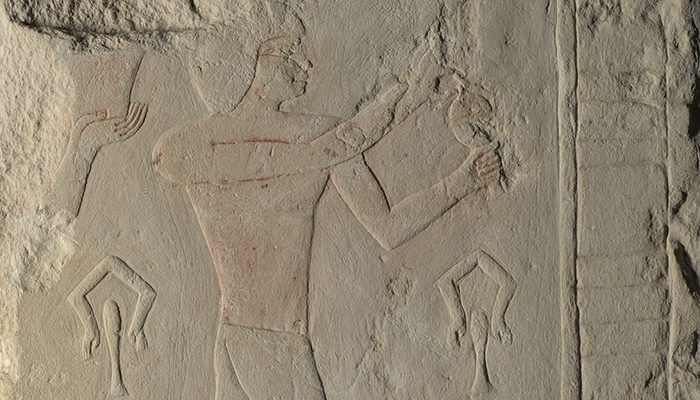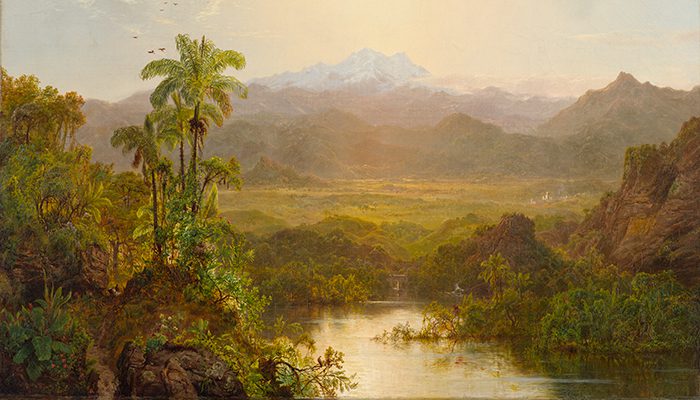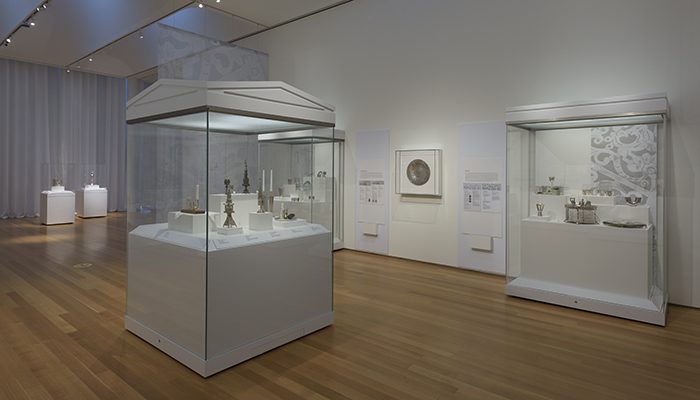Free to wander. Free to explore. We’ve reimagined every part of the People’s Collection. Except for the price.
Visit your free North Carolina Museum of Art to experience a transformative reinstallation of the People’s Collection, offering a more dynamic experience of the arts for all through newly conceived thematic and interpretive galleries, major loans from North Carolina and from national and international museums, and new site-specific commissioned works alongside visitor favorites presented in new ways.
The opening celebrations kicked off Friday night, October 7, with the NC Artists Party, featuring music and dancing. The Museum then welcomed community members to its free Saturday ReMixed Block Party, including artist-led gallery tours, family activities, music, dance, and poetry in the galleries, Monster Drawing Rally, and a Music at the Museum Festival. On Sunday the galleries were filled with jazz music, dance performances, and new works by artists Stacey Kirby, Elizabeth Alexander, and JP Jermaine Powell, plus a free lecture with collection artists Leonardo Drew and Ursula von Rydingsvard.
The reimagined presentation broadens the representation, narratives, and media in the galleries. Visitors can learn about national and global histories through works of art and better understand cultures that were and are diverse and interconnected.
Thematic galleries
All themed galleries, detailed below, have introduction panels in English and Spanish.
- Made in the Americas: This gallery bridges the collections of ancient America and American art and showcases the interconnectedness of the Americas, both hemispherically and with other parts of the world. The narratives emerging from artworks in this gallery emphasize how cross-cultural contact, global influences, and international encounters and exchange have defined American artistic production.
- Portraits and Power: This section displays both historic and contemporary portraits side by side to demonstrate their powerful role in how people are presented through images. It invites visitors to contemplate what has changed in these dynamics of power over the years, or perhaps what has not, through surprising comparisons like the Museum’s Hyacinthe Rigaud’s portrait Louis XV (circa 1715–17) alongside Kehinde Wiley’s Hale as “Euphrosyne” (2005), and Beverly McIver’s Truly Grateful (2011) contrasted with Anthony Van Dyck’s Lady Mary Villiers (circa 1637).
- The Africa We Ought to Know: Previously on view as two separate collections, this gallery reconnects Egypt to Africa, celebrating that Africa is a continent where empires have flourished over millennia, each contributing to a fascinating antiquity and a vigorous history that extends to a dynamic and creative present. Visitors can explore the continent and learn more about its people through interactive maps of trade routes and various African kingdoms.
- Art Conservation: This space showcases the study of art, science, history, and technology as conservators share their deep understanding of the materials and techniques used in the reconstruction and restoration of different types of objects. Rotating conservation projects will be featured, highlighting how artworks are researched, analyzed, and preserved. The first object featured is visitor favorite Cloud Chamber for the Trees and Sky by Chris Drury (2003), which reopened in the Ann and Jim Goodnight Museum Park in 2022 after extensive conservation.
- The Arts: “Art”—meaning the visual arts—is often separated from “the arts,” a shorthand that actively segments creative expression into disparate parts: music, dance, painting, literature, and more. In this gallery the broad spectrum of the arts is presented through a variety of media including moving images to foster understanding of creativity in new, vital ways. As museums continue to rethink what can be shown or expressed inside galleries, the integration of various art forms, including dance, music, theater, and poetry, plays a key role in reimagining the museum experience.
Acquisitions, Commissions, and Loans
As part of this reimagined installation of the People’s Collection, the Museum also highlights major gifts and acquisitions, both permanent and short-term new commissions, and 77 exciting loans. New works of art in the Museum’s collection include a mixed-media sculpture by contemporary American Indian sculptor Marie Watt; photography by North Carolinian Endia Beal; internationally renowned South African multimedia artist William Kentridge’s video installation KABOOM! (2018); silver Torah finials by 18th-century female silversmith Hester Bateman; a marble sculpture by African American and American Indian artist Edmonia Lewis titled The Old Indian Arrow Maker and His Daughter (modeled 1866, carved 1867); and an oil painting by Swiss artist Lucie Attinger, Mon Atelier (My Studio) (1889).
In the Museum’s West Building—the Thomas Phifer–designed, natural, light-filled galleries that opened in 2010—visitors are greeted by a series of new areas for art, including Zonal Harmonic 170,000 and Zonal Harmonic 220,000, two site-specific suspended sculptures that hang from the entrance ceiling by Berlin-based Argentinian artist Tomás Saraceno. Nearby space is dedicated to year-long temporary installations by North Carolina-based artists Elizabeth Alexander and JP Jermaine Powell. In East Building a large wall in the new Global Contemporary Art gallery features a year-long, site-specific installation by Moroccan artist Hassan Hajjaj. Temporary installations by global contemporary artists will be featured in this gallery on an annually rotating basis.
Community Voices
To further broaden the narratives presented in the reinstallation, 20 community members from North Carolina and beyond were invited to respond to objects in the collection in conversation with labels written by NCMA curators. Representing multiple perspectives, these contributors include artists, students, civic leaders, journalists, and food activists. Their unique experiences and insights offer alternative narratives and broaden our understanding of art, history, and culture through a contemporary lens. The selected works span time, geography, and culture, and many address complex issues throughout our global history.
New Technology
The reinstallation offers visitors numerous ways to interact with and connect to the People’s Collection through technology. Digital labels can be found in five galleries, including the Judaic, African, and American galleries; select European galleries; and the new Portraits and Power Gallery, allowing visitors to explore additional information and high-resolution images. These labels are available in English and Spanish.
A partnership with the conservation staff, the interactive station Beyond White: Marble Sculpture and Color focuses on the Roman Fragment of a Sarcophagus with Ram from the third century. Through research and conservation, Museum staff learned this object had color when created thousands of years ago. Visitors can explore these pigments and see a digital version of what the object would have looked like when new and colorful.
There is a map projection in The Africa We Ought to Know gallery to encourage learning about the empires in Africa, paired with voice narration, to give a deeper understanding of the trade routes on the continent. A map in the Dutch collection highlights the history of the 80 Years War. Travel and trade in the 17th century is explored in a family-friendly game, with a focus on artists in the People’s Collection and the objects found in the paintings. Other installations include an ancient-animals video, created in partnership with the North Carolina Zoo and geared toward youth and family; an installation to explore the making of silver, mahogany, and chocolate; an exploration of other Cloud Chamber installations around the world; and eight performing arts experiences at the NCMA.
The Museum curators’ collaborative vision for this reinstallation was developed with input from 11 diverse global consultants.
Maryan Ainsworth, curator emerita of Northern Renaissance painting, Metropolitan Museum of Art
Amanda Cachia, critic and curator of disability activism and accommodation
Julie Levin Caro, professor of art history and department chair, Warren Wilson College
Adrienne L. Childs, art historian and adjunct curator, The Phillips Collection
Nancy Strickland Fields, director, Museum of the Southeast American Indian, UNC Pembroke
Salah M. Hassan, Goldwin Smith Professor of African and African Diaspora Art History, Cornell University
Laurence B. Kanter, chief curator and Lionel Goldfrank III Curator of European Art, Yale University Art Gallery, and adjunct instructor, Department of the History of Art, Yale University
Ilona Katzew, curator and department head of Latin American art, Los Angeles County Museum of Art
Karen Kramer, curator of Native American and Oceanic art and culture, Peabody Essex Museum
Irma McClaurin, CEO of Irma McClaurin Solutions, anthropologist, award-winning writer, founder of the Black Feminist Archive, and past president of Shaw University
Richard J. Powell, John Spencer Bassett Distinguished Professor of Art and Art History, Duke University
- North Carolina Museum of Art Opens Reimagined Galleries and Special Exhibition A Modern Vision: European Masterworks from The Phillips Collection with Weekend of Free Celebrations
- Completely Reimagined and Reinstalled Collection Galleries Opening at the North Carolina Museum of Art
- North Carolina Museum of Art to Unveil Reimagined Presentation of Museum Collection in Fall 2022
North Carolina Museum of Art Receives Grant from the Mandell Foundation
The Africa We Ought to Know
In the past the fusing of diverse beliefs and practices was widespread and remains a constant feature of African culture today.
Paired with a Purpose
As they work with outside consultants to reconsider and reinstall their collections, NCMA curators are reimagining the People’s Collection, connecting works of art that have never been displayed together, hoping to spark curiosity and new insights.
NCMA Wins Grant to Reimagine Judaic Art Gallery
The Mandell Foundation offers generous support for the Museum’s special collection of Judaic ceremonial art.
History of the People’s Collection
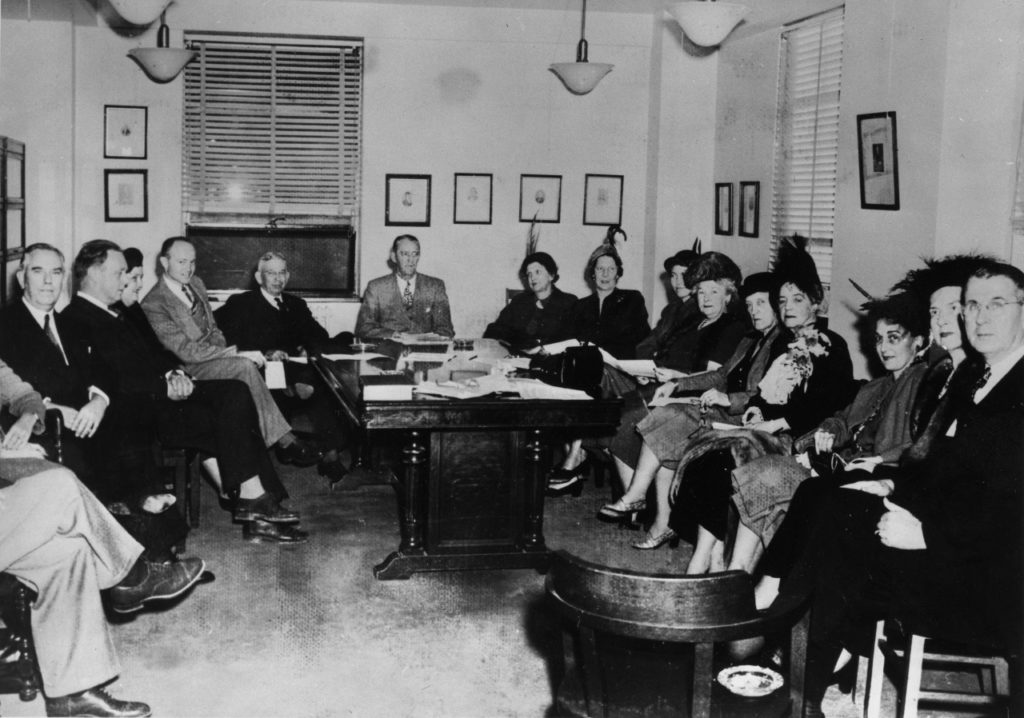
The Museum’s history began in 1924, when the North Carolina State Art Society was formed. Its mission: to generate interest in creating an art museum for the state. In 1928 the society acquired funds and approximately 75 paintings by bequest from Robert F. Phifer, a North Carolina native and businessman.
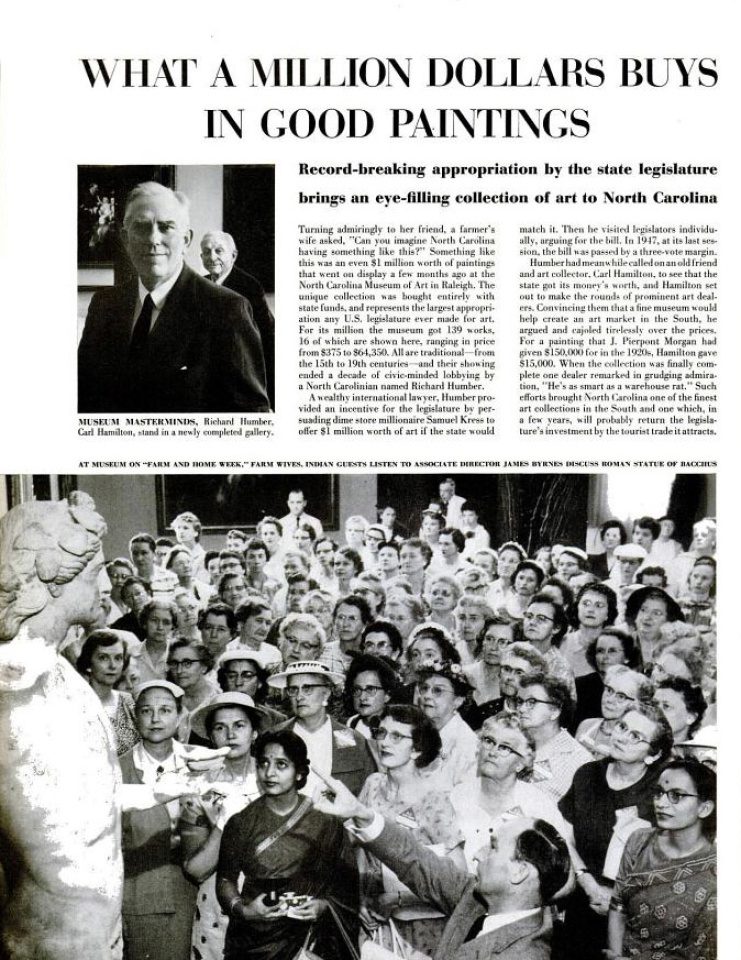
In 1947 the state legislature appropriated $1 million to purchase a collection of art for the people of North Carolina. The appropriation was unheard of at the time and drew national attention. It was used to purchase 139 European and American paintings and sculptures.
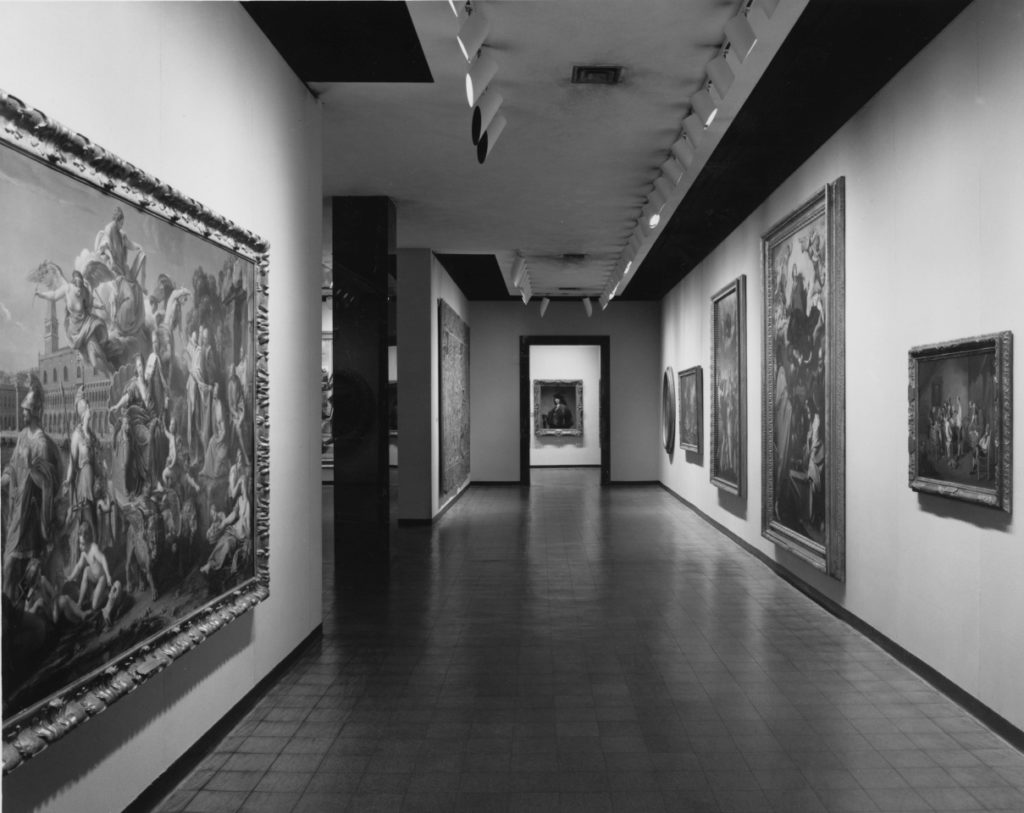
The Samuel H. Kress Foundation matched the $1 million appropriation with a gift of 70 works of art, primarily made during the Italian Renaissance. The Kress gift to the Museum was the largest and most important of any except that given to the National Gallery of Art in Washington, DC. The Museum’s original collection, along with the Kress gift, established the North Carolina Museum of Art as one of the premier art museums in the South.
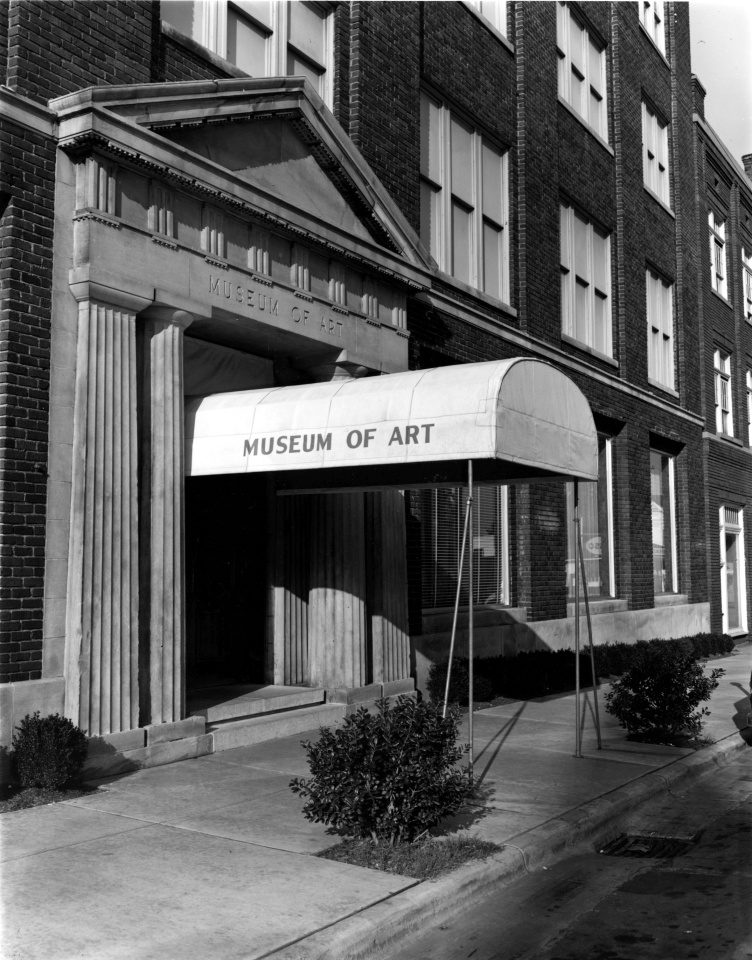
In April 1956 the Museum opened in the renovated State Highway Division Building on Morgan Street in downtown Raleigh, the state’s capital. Local media dubbed it “the Miracle on Morgan Street.” It was the first art museum in the country to be established using state funds.
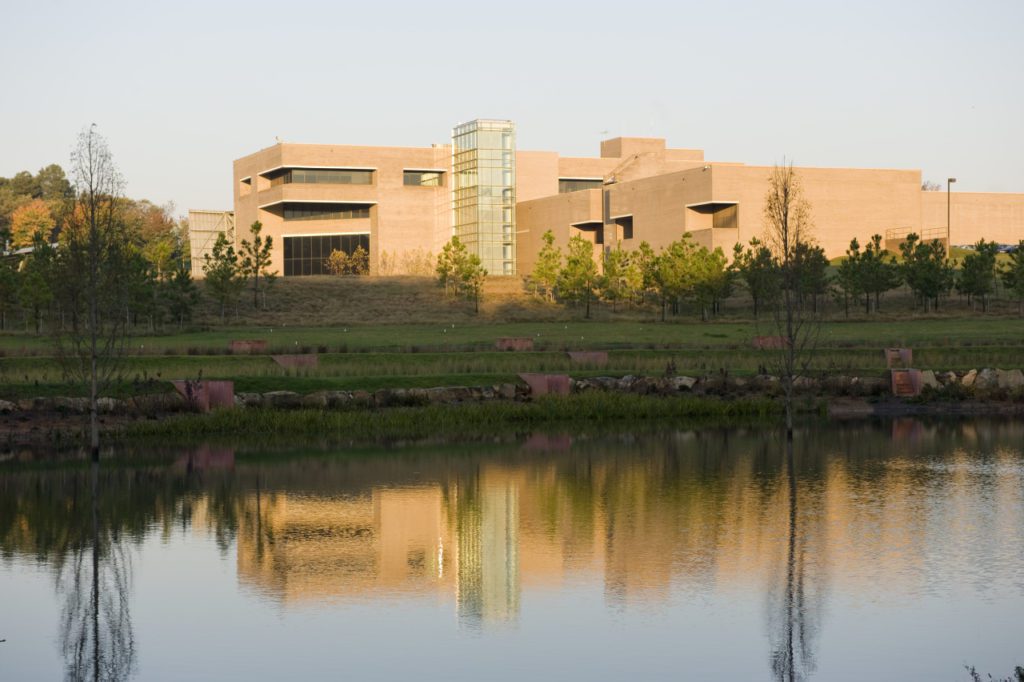
By the 1960s the Museum had outgrown its Morgan Street home. In 1967 the state legislature set out to choose a site and oversee construction of a new museum, landing on the current location on Blue Ridge Road. Designed by Edward Durell Stone and Associates of New York and Holloway-Reeves Architects of North Carolina, East Building opened in 1983. At 181,000 square feet, it was four times the size of the Morgan Street location and had twice the exhibition space.
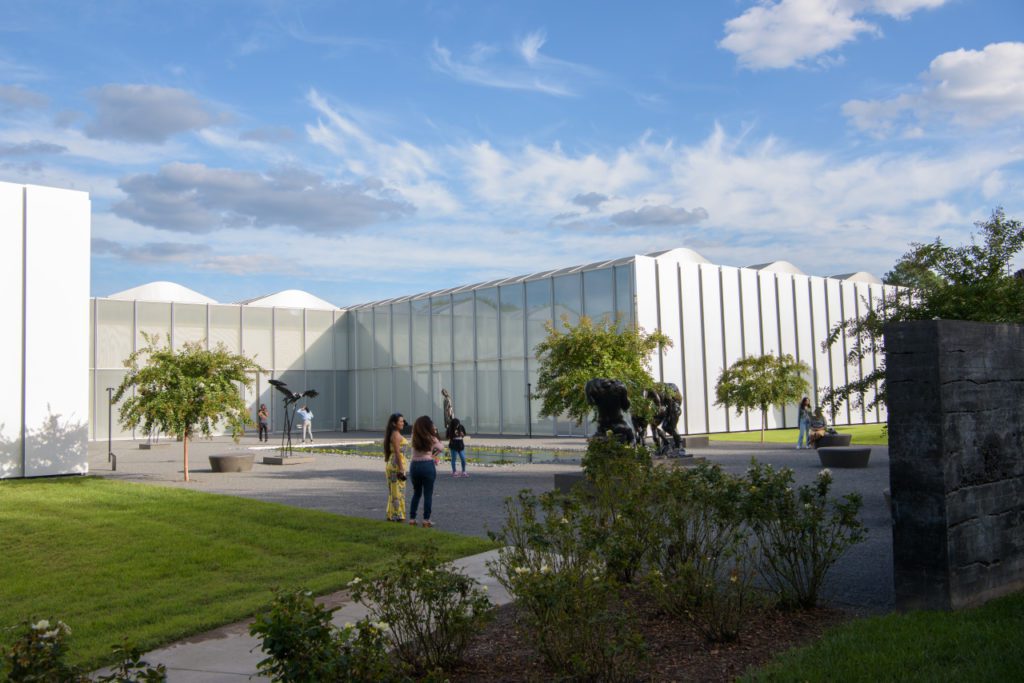
West Building opened in 2010, creating more room to exhibit the Museum’s growing collection. With the exterior 50 percent glass, the 127,000-square-foot gallery space allowed for filtered natural light and viewing of the People’s Collection in a whole new way. Outside, West Building’s courtyards and the 164-acre Ann and Jim Goodnight Museum Park expanded the traditional museum experience through site-specific, temporary, and permanent works of art visitors explore informally on trails and paths.
Highlights from the People’s Collection
The state’s art collection includes more than 4,200 objects and spans more than 5,000 years. It consists of major holdings in European painting from the Renaissance to the 19th century, Egyptian funerary art, sculpture and vase painting from ancient Greece, Italy, and Rome, American and ancient American art, global 20th- and 21st-century art, African art, and Jewish ceremonial objects. The 164-acre Ann and Jim Goodnight Museum Park is home to more than two dozen monumental works of art, with artists actively involved in the restoration of the Park’s landscape and the integration of art into its natural systems.

